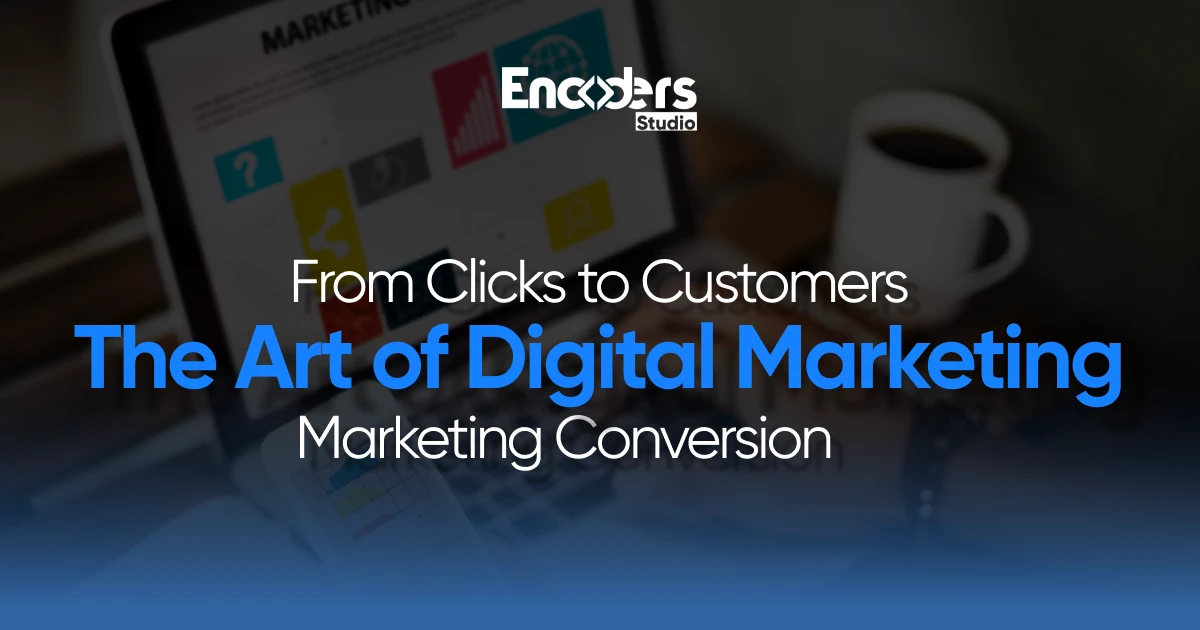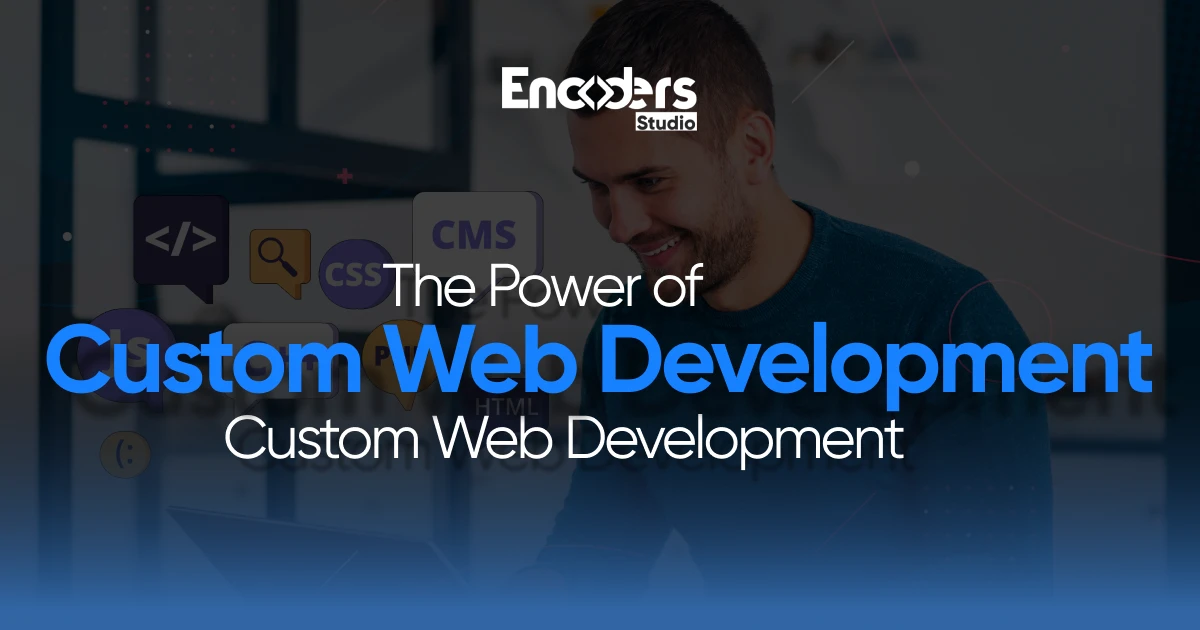[TL;DR]
The SEO landscape is rapidly evolving with five major trends reshaping how businesses approach digital marketing.
- Voice Search Revolution: Users are speaking their queries instead of typing, requiring optimization for conversational, long-tail keywords
- AI-Powered Algorithms: Machine learning is making search engines smarter at understanding user intent and context
- Mobile-First Everything: Google prioritizes mobile-optimized sites, making responsive design and fast loading speeds non-negotiable
- Visual Content: It is becoming as searchable as text. Images and videos now need proper optimization to appear in search results.
- Local SEO: It dominates “near me” searches, making Google My Business profiles essential for location-based businesses.
These trends work together to create a more user-focused search experience. Success requires adapting strategies to match how people search today, not how they searched five years ago.
The digital marketing landscape is shifting faster than ever before. Search engines are getting smarter, user behavior is evolving, and traditional SEO tactics are becoming obsolete.
As businesses scramble to keep up, understanding these emerging trends isn’t just helpful, it’s essential for survival. Whether you’re running a small business or managing enterprise-level campaigns, these five SEO trends will determine your online success in the coming years.
Let’s explore how partnering with an experienced SEO company in Lahore, like Encoders Studio, can help you navigate these changes and stay ahead of your competition.
1. The Rise of Voice Search
Voice search is changing everything about how people find information online. Instead of typing short phrases, users are now speaking complete questions to their devices.
Voice searches are typically longer and more conversational than typed queries. This shift requires businesses to rethink their keyword strategies entirely.
How Voice Search Is Changing User Behavior
People talk differently than they type. Voice queries sound natural and often include question words like “what,” “where,” and “how.” This change means traditional keyword research methods need updating.
Voice search users expect immediate, direct answers. They’re usually looking for quick solutions while multitasking or on the move. This creates opportunities for businesses that provide clear, concise information.
Optimizing for Voice: Long-Tail Keywords and FAQs
Long-tail keywords are becoming essential for voice search success. Instead of targeting “pizza restaurant,” businesses should optimize for “where can I find the best pizza restaurant near me?”
FAQ sections work perfectly for voice search optimization. They naturally match the question-and-answer format that voice users prefer. Each FAQ should directly answer common customer questions using conversational language.
Related Article: What Are the Implications of Voice Search on Current Digital Marketing Strategies?
The Impact on Local and Mobile SEO
Voice search and local SEO go hand in hand. Most voice queries have local intent, making location-based optimization crucial for businesses with physical locations. According to BrightLocal research, more than half of respondents said they have used voice search on their smartphone to find information about local businesses in the 12 months preceding the survey.
Mobile optimization becomes even more important with voice search. Most voice queries happen on mobile devices, so fast loading speeds and mobile-friendly designs are essential.
Working with Encoders Studio, a professional SEO company in Lahore, ensures your voice search optimization aligns with local search trends and mobile best practices.
2. AI and Machine Learning
Artificial intelligence is revolutionizing how search engines understand and rank content. Machine learning algorithms can now interpret context, user intent, and content quality better than ever before.
📑 Pro-Tip: Start experimenting with AI-powered content tools, but remember that human oversight and creativity remain irreplaceable for building authentic connections with your audience.
How AI Understands User Intent
AI algorithms analyze user behavior patterns to predict what searchers want to find. They look beyond keywords to understand the context and purpose behind each query.
This means content creators must focus on truly answering user questions rather than just including target keywords. AI can detect when content provides genuine value versus when it’s just keyword-stuffed.
Creating High-Quality, User-Centric Content
User-centric content addresses real problems and provides actionable solutions. AI algorithms reward content that keeps users engaged and satisfied with their search results.
Quality indicators include time spent on page, return visits, and social sharing. These signals tell AI that your content successfully meets user needs.
Related Article: 5 Ways to Use AI in Your Digital Marketing
The Role of AI in Personalizing Search Results
AI personalizes search results based on individual user history, preferences, and behavior patterns. This means the same query can show different results for different users.
Businesses need to create diverse content that appeals to various user segments and search intents. A comprehensive content strategy addresses multiple aspects of any given topic.
3. Mobile-First Indexing
Google now primarily uses the mobile version of websites for indexing and ranking. This fundamental shift makes mobile optimization critical for SEO success.
🎯 Data-Driven Results: Mobile-optimized websites consistently outperform desktop-only sites in search rankings, making responsive design a necessity rather than an option.
Why Mobile Optimization Matters
Mobile traffic has surpassed desktop traffic across most industries. Users expect websites to work flawlessly on their smartphones and tablets.
Search engines prioritize mobile-friendly sites because they provide better user experiences. Sites that don’t work well on mobile devices face ranking penalties.
Core Web Vitals and Page Speed
Core Web Vitals measure real user experience metrics like loading speed, interactivity, and visual stability. These metrics directly impact search rankings.
Page speed affects both user satisfaction and conversion rates. Slow-loading pages lose visitors and potential customers within seconds.
Designing for Seamless User Experience
A seamless user experience means visitors can easily navigate and interact with your site regardless of their device. This includes readable text, clickable buttons, and intuitive navigation.
An experienced SEO company in Lahore can help optimize your site’s mobile performance while maintaining excellent desktop functionality.
4. Visual and Video Content
Visual content is becoming increasingly important for SEO success. Images, videos, and infographics can now appear in search results alongside traditional text-based content.
The Growth of Visual Search
Visual search allows users to search using images instead of text. They can take a photo or upload an image to find similar products or information.
This technology is particularly valuable for e-commerce, fashion, home decor, and food industries where visual appeal drives purchasing decisions.
Optimizing Images and Videos for SEO
Image optimization includes using descriptive file names, alt text, and proper sizing. These elements help search engines understand and index visual content.
Video optimization requires attention to titles, descriptions, thumbnails, and closed captions. Well-optimized videos can appear in both regular search results and video-specific searches.
Leveraging Video for Dwell Time and Rankings
Video content typically increases the time users spend on your pages. This engagement signal tells search engines that your content provides value.
Video content also increases the likelihood of social shares and backlinks, both important ranking factors for SEO success.
Related Article: Video Production For Social Media: Essential Tips
5. Local SEO
Local SEO helps businesses connect with customers in their immediate geographic area. This is particularly important for service-based businesses and retail stores.
🏁 Business Reality Check: Local search dominance can make or break location-based businesses, as most consumers research nearby options before making purchasing decisions.
The Importance of Google My Business
Google My Business profiles appear prominently in local search results. Complete, accurate profiles with current information help businesses attract nearby customers.
Regular updates, photos, and customer interaction through the platform improve local search visibility and credibility.
Online Reviews and Local Content Marketing
Online reviews significantly impact local search rankings and customer trust. Encouraging satisfied customers to leave reviews helps build social proof.
Local content marketing involves creating content that specifically addresses local interests, events, and needs. This helps establish relevance for location-based searches.
Strategies for Dominating “Near Me” Searches
“Near me” searches continue growing as mobile usage increases. Businesses need to optimize for these location-specific queries.
Consistent NAP (Name, Address, Phone) information across all online platforms helps search engines verify business legitimacy and improve local rankings.
Partnering with a knowledgeable SEO company in Lahore ensures your local SEO strategy effectively targets customers in your service area.
How to Stay Ahead: Competitive SEO Strategies
Staying competitive requires ongoing analysis and adaptation. Successful businesses monitor their competition and continuously refine their SEO approaches.
Keyword Research and Competitive Analysis
Competitive keyword research reveals opportunities your competitors might be missing. This analysis helps identify content gaps and untapped market segments.
Regular competitor monitoring shows which strategies work in your industry and which tactics to avoid.
Content Gap Analysis and Opportunity Identification
Content gap analysis identifies topics your competitors haven’t covered thoroughly. These gaps represent opportunities to create unique, valuable content.
Opportunity identification involves finding keywords with decent search volume but lower competition levels.
On-Page SEO and Technical Optimization
On-page SEO includes optimizing titles, headers, meta descriptions, and internal linking structure. These elements help search engines understand your content’s context and importance.
Technical SEO addresses site speed, crawlability, and security issues that could impact search performance. According to the Secure Data Recovery study of 2023, the use of smart technology is rapidly increasing throughout the U.S. Connecticut, Utah, and Maryland have the highest percentages of smart home usage, with 28.2%, 27.8%, and 27.6% of their respective populations using smart technology.
Takeaway
The future of SEO demands adaptability and strategic thinking. These five trends will shape digital marketing success for years to come. Businesses that embrace these changes early will gain significant competitive advantages. Those who ignore these trends risk losing visibility and customers to more forward-thinking competitors.
The key is starting now, not waiting until these trends become industry standards. Each trend offers unique opportunities to connect with customers in new and meaningful ways.
We specialize in advanced SEO strategies that put businesses ahead of the curve. Our team understands these emerging trends and knows how to implement them effectively for maximum impact.
Let’s transform your SEO strategy today and secure your position at the top of tomorrow’s search results.
Frequently Asked Questions
What are the top SEO trends shaping the future?
The most important SEO trends include AI-powered search algorithms, voice search optimization, mobile-first indexing, visual content optimization, and enhanced local SEO strategies for location-based businesses.
How is AI changing the SEO landscape?
AI transforms SEO by better understanding user intent, personalizing search results, and rewarding high-quality, user-focused content that genuinely answers searchers’ questions and provides value.
Will traditional organic search traffic decline in the future?
Traditional search patterns are evolving rather than declining. Voice search, visual search, and AI-powered results are creating new opportunities for businesses to reach customers.
Why is user experience more important for SEO now?
Search engines prioritize websites that provide excellent user experiences through fast loading times, mobile optimization, and content that satisfies user intent and keeps visitors engaged.
How should content creators adapt to future SEO trends?
Content creators should focus on conversational keywords for voice search, optimize visual content, create mobile-friendly experiences, and develop comprehensive content that addresses user needs.
Is Google still the only platform to optimize for in SEO?
While Google remains dominant, businesses should also consider optimizing for voice assistants, visual search platforms, and local directories to maximize their online visibility and reach.




